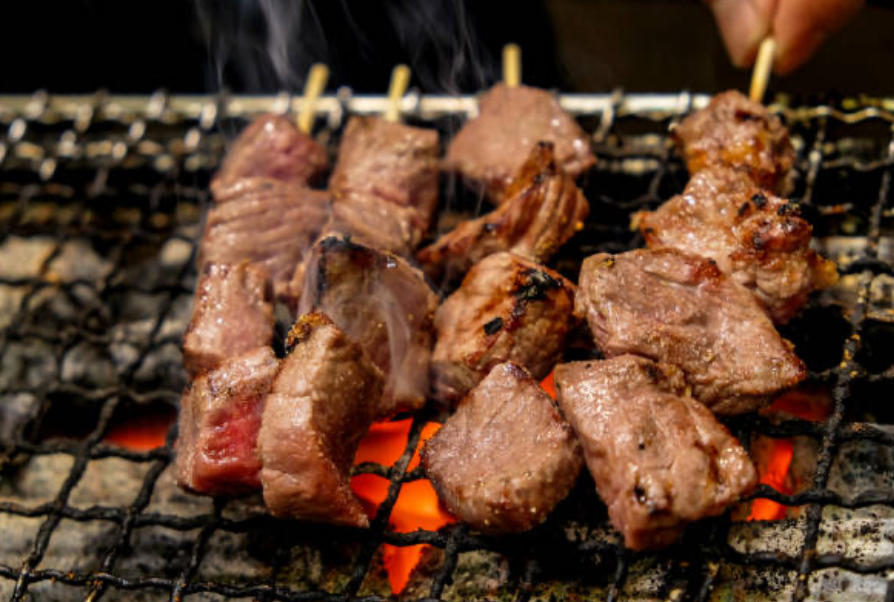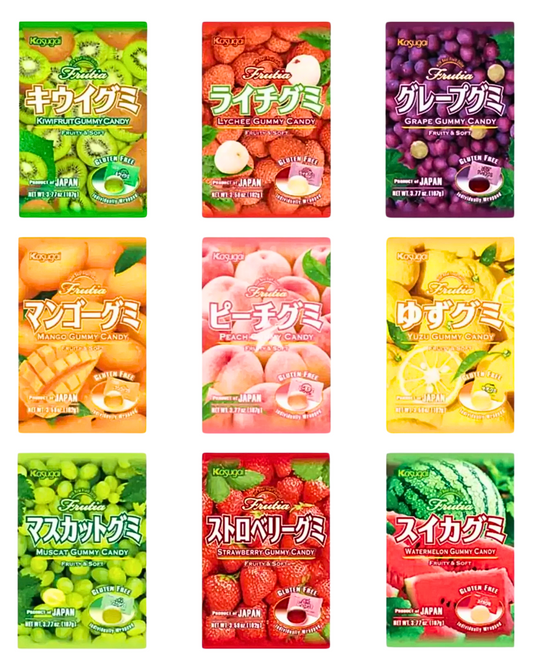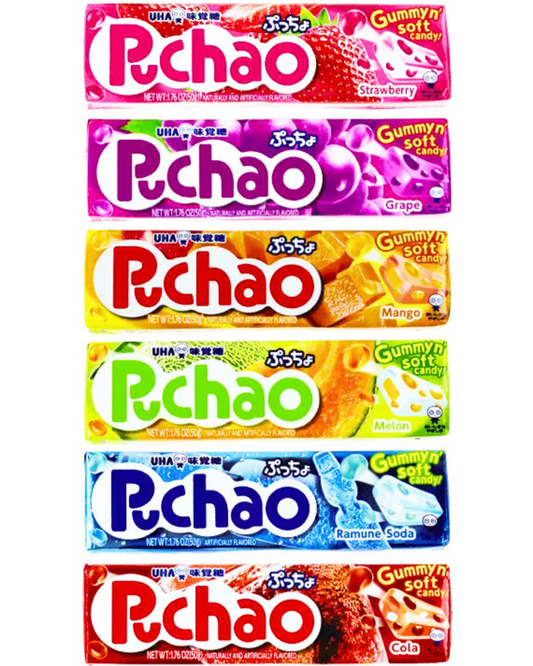











ABOUT BINCHOTAN
Binchō-tan (Japanese: 備長炭), also called white charcoal or binchō-zumi, is a type of charcoal traditionally used in Japanese cooking. Its use dates to the Edo period, when, during the Genroku era, a craftsman named Bichū-ya Chōzaemon (備中屋 長左衛門) began to produce it in Tanabe, Wakayama. The typical raw material used to make binchō-tan in Japan is oak, specifically ubame oak, now the official tree of Wakayama Prefecture. Wakayama continues to be a major producer of high-quality charcoal, with the town of Minabe, Wakayama, producing more binchō-tan than any other town in Japan. Binchō-tan produced in Wakayama is referred to as Kishū binchō-tan (紀州備長炭), Kishū being the old name of Wakayama.
White charcoal is made by pyrolysing wood in a kiln at approximately 240 °C for 120 hours, then raising the temperature to around 1000 °C. Once carbonised, the material is taken out and covered in a damp mixture of earth, sand and ash.[1] Due to its special physical structure, it takes on a whiter or even metallic appearance and apart from being used for cooking, brings benefits to the home, such as absorption of odors.
The top choice for yakitori joints (or for any grilling) in Japan is binchotan ( white charcoal). It gets its name from the whitish color on the surface, which comes from the mixture of ash and soil that is used to cool it down after the carbonizing process.
The wood is burned at an extremely high temperature (392-572°F) for up to 11 days until it fully carbonizes. Making white binchotan requires carbonizing the wood at a lower temperature for a longer time (compared to regular black charcoal). Once regular black charcoal carbonizes, the air is blocked off to put out the fire. But for white binchotan, air is let in and the pit rises in temperature to about 1832°F to get rid of all the impurities. They do this for half a day or up to one day. At the end of this process, a mixture of ash and soil is used to cover the charcoal to cool it down. In total, it takes at least two weeks to complete a batch of binchotan!
There are several reasons why binchotan is preferred to regular black charcoal:
1. Releases minimal smoke (since no chemicals are added)
2. Denser and stays lit for longer than regular charcoal
3. The far-infrared rays (and high temperature) that the binchotan emits lead to faster cooking (reaches deep inside) and the umami of the food (especially meat) will remain instead of dripping out
4. The high temperature will result in a crisp and golden exterior with a juicy inside for meat
5. Easily reaches 1832°F (1000°C) when fanned
6. Adds a subtle and naturally charred characteristic to the food
SPECIFICATIONS
• Material: Myrtaceae tree wood
• Burning time:4-5 hours
• Weight: 33 LB / 15kg (total)
• Dimensions: Approximately 4"- 10" length, 0.75"- 2.5" Dia
• Made in Indonesia
LIGHTING THE CHARCOAL
It's best to light the charcoal in a fire starter pot or otherwise over a direct open flame. Off-gassing is most prevalent with charcoal during its ignition there will be open flame, so it's best not to cook food at this stage to avoid burnt and acrid flavors. Ensuring that the charcoal is completely lit before cooking with it will give the best results.
EXTINGUISHING
If you wish to re-use the charcoal, it's important to extinguish it safely and effectively following use. Smothering in a fire-proof container is the best option, as you want to remove the source of oxygen to stop the combustion. Please don't douse the coals in water or other liquids as this will saturate the charcoal and you will need to dry it fully before re-lighting.
The listing is for All-Natural Premium Binchotan White Charcoal 5 lbs - Free Shipping !!!

















